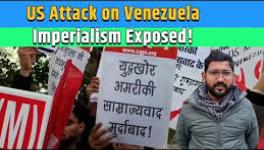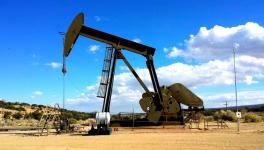India-Middle East–Europe Economic Corridor is a Geopolitical Pipe Dream
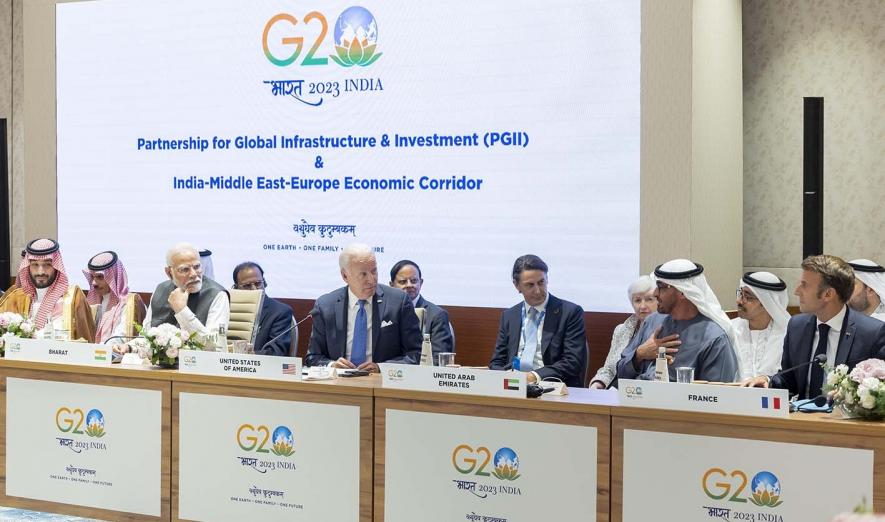
The gusto with which the United States co-opted the idea of an India – Middle East – Europe Economic Corridor [IMEC] during the recent G20 Summit should not come as a surprise. It brings to mind an astounding natural phenomenon in the northern desert of Saudi Arabia — a little purple flower that blooms very rarely, nicknamed in Arabic as ‘wild lavender,’ lasting only for a fortnight an entire year.
The IMEC is an old idea that the US is claiming as its brainwave. How enduring Washington’s attention span will be time only can tell. The US motivations are not hard to seek:
- In the arid land of the Biden presidency’s foreign policy, which posterity will remember largely for the US’ entrapment of Ukraine in a fratricidal strife of Slavic peoples, the White House can claim an “achievement.”
- The Biden Administration is conjuring up the Abraham Accord by the incantation of a Saudi-Israeli tango.
- In geopolitical terms, the US is interfering with the regional reconciliation underway — Saudi-Iranian, Saudi-Turkish, Syria’s return to Arab family, Lebanon — by herding its traditional allies to instead bond with Israel.
- Slow down the Gulf region’s gravitation toward Eurasian integration and BRICS.
- Isolate Egypt, Iran and Turkey who are increasingly aligned with Russia.
- Make Haifa Port viable by generating business and making it a transportation hub between West Asia and Europe.
- Strengthen the Israel-Greece axis in East Mediterranean and link it with Europe’s energy security and provide underpinning for NATO at a juncture when Turkey is asserting its strategic autonomy.
- Reduce the dependence on Suez Canal as the littoral states of the Red Sea — Yemen, Somalia, Djibouti, Ethiopia, Eritrea and Sudan — are no longer willing to subserve western interests.
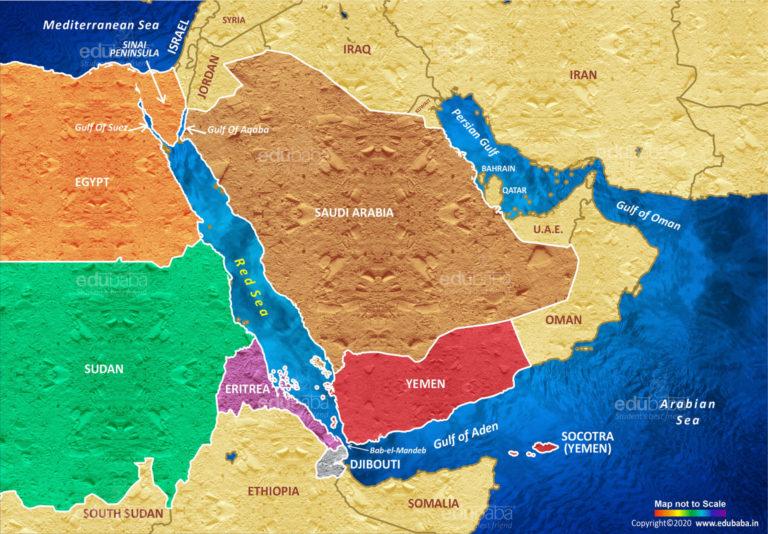
India’s role in IMEC remains a riddle. Indian exporters are not dumb enough to opt for a cumbersome, untested, multi-mode transportation corridor involving several transhipments when a direct, well-established sea route via Suez Canal is available. The IMEC will drive up transportation costs and the transhipments will cause delays. So, where is the beef?
The answer lies in India’s shared interests with Israel to boost the business for Haifa Port, which is run by the Adani Group. The Indian company is also extending its footprints in the East Mediterranean, hoping to secure management contracts in Greece and Italy as well.
Two ports in the western state of Gujarat — Mundra and Kandla — have been identified as IMEC port heads. Mundra is a private port owned by Adani Group and is also a special economic zone.
The IMEC’s Memorandum of Understanding that was signed in New Delhi on September 9 “sets forth political commitments of the Participants and does not create rights or obligations under international law.” Presumably, the IMEC will be used by all countries. Russian President Vladimir Putin has expressed the hope that if the IMEC does materialise in the fulness of time despite the obstacles in the way, Russia’s exports from Black Sea to the Gulf region can be routed through it and vice versa.
It is entirely conceivable that China, which is the Gulf region’s number one trading partner, too will exploit the IMEC to maximum advantage. Chinese companies have a big presence in the Saudi railway sector for nearly two decades already.
Suffice to say, it is sheer baloney that China will lose sleep over the IMEC lest it spelt doom for the Belt and Road. In reality, the IMEC is peanuts compared to China’s proposed $57.7 billion plan to construct a 1,860-mile [3028 km] rail system connecting Pakistan’s port of Gwadar to the Chinese city of Kashgar in Xinjiang, which will be its most expensive Belt and Road Initiative to date and will also extend to additional train systems connecting China to Turkey and Iran, significantly opening up direct access to the regions.
The Sinophobic Indian analysts are ecstatic that IMEC will put paid to BRI. They are clueless about the sheer depth and vastness of the two IMEC heavyweights’ — Saudi and Emirati — bilateral relations with China. Other than the US or India, no IMEC participant, including Israel, is inclined to take sides in the US-China confrontation. Why would they want to isolate China, which has so much to offer for their growth and development?
The bottom line is how the IMEC idea on paper can be turned into reality. Quite obviously, the IMEC is anchored on the old US geopolitical strategy of divide-and-rule in the Middle East. But the western domination of the Middle East cannot be revived with the colonial era toolbox in the coming era of multipolarity.
For a start, Turkey, Iran and Egypt are regional powers on their own right and any attempt to marginalise them will be resisted. Equally, it is improbable that Saudi Arabia or the UAE will fall for the US-Israeli conspiracy to give up their reconciliation with Iran, which has already calmed the “hots spots” in the region — be it Syria or Yemen. Nor is there any scope for formal Saudi-Israeli ties as long as Israel’s brutal occupation of Palestine continues.
However, the main challenge for IMEC lies somewhere else on the practical side. There are “missing links” in the railway systems in the Gulf region. Thus, out of the total rail length of 2915 kms stretching from Fujairah Port (UAE) to Haifa (Israel), there are missing portions close to 1100 kms. Again, the proposed 2565 km long rail route from Jebel Ali Port to Haifa has a missing link of 745 kms. As regards the 2449 km long rail route from Abu Dhabi Port to Haifa, about 630 kms are yet to be built. Similarly, out of the 2149 km long route from Dammam Port to Haifa (via Haradh), 290 kms is yet to be constructed; the 1809 long rail route from Ras Al Khair Port to Haifa (via Buraydh) has a missing link of some 270 kms.
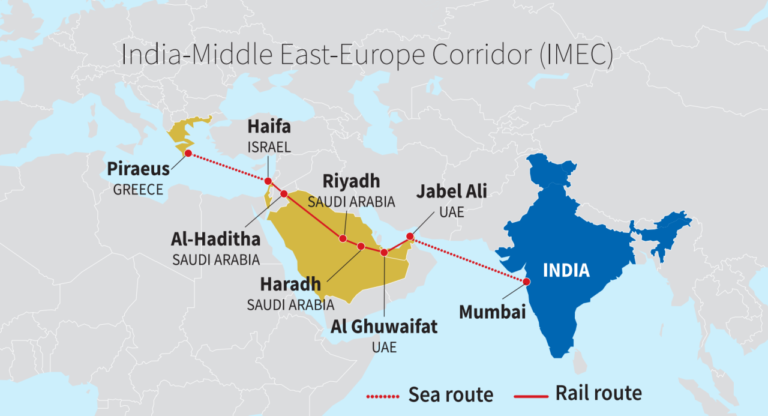
All in all, it seems, around 3035 kms of railway lines need to be built. That’s no small matter. It adds up to something like the distance from Delhi to Thiruvananthapuram. Who else but Chinese companies can undertake such a daunting task in a foreseeable future?
And, of course, this leaves out the alignment plans for the landing destinations in Greece and Italy, which, according to a rough estimation by an Indian newspaper, may cost anywhere up to $8 billion. Above all, there are technical issues, too.
To quote India’s railway minister Ashwini Vaishnaw, “It is a very complex programme and will require everything to be brought to common standards. For instance, trains should run on the same gauge, similar technologies for engines should be used, dimensions of containers should be similar.”
Suffice to say, the most feasible way to realise the IMEC dream may be to make this an inclusive project in regional connectivity — and invite China to join. That is, assuming that the raison d’être of the IMEC extends beyond its optics as a US foreign policy success story to embellish President Biden’s bid for re-election in the 2024 election.
MK Bhadrakumar is a former diplomat. He was India’s ambassador to Uzbekistan and Turkey. The views are personal.
Get the latest reports & analysis with people's perspective on Protests, movements & deep analytical videos, discussions of the current affairs in your Telegram app. Subscribe to NewsClick's Telegram channel & get Real-Time updates on stories, as they get published on our website.









